Click on images to enlarge
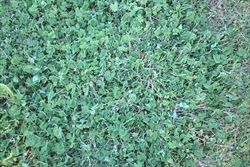
infestation growing in a mown area (Photo: Sheldon Navie)
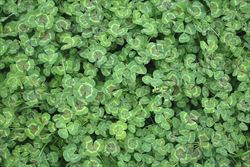
habit (Photo: Sheldon Navie)

creeping habit (Photo: Greg Jordan)
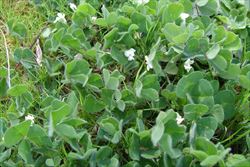
habit in flower (Photo: Sheldon Navie)
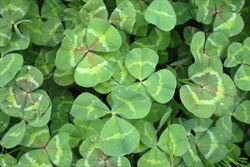
leaves with three variegated leaflets (Photo: Sheldon Navie)
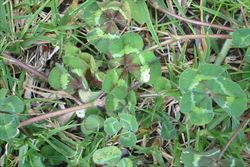
creeping hairy stems, leaves and flowers (Photo: Sheldon Navie)
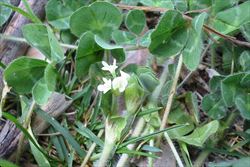
small cluster of white flowers and sheath-like stipules at the base of the leaf stalks (Photo: Sheldon Navie)
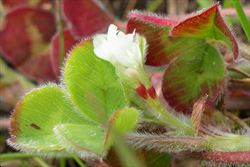
close-up of hairy stems and small pea-shaped flowers (Photo: Greg Jordan)
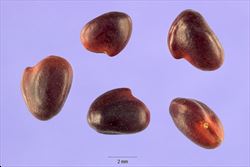
close-up of seeds (Photo: Steve Hurst at USDA PLANTS Database)
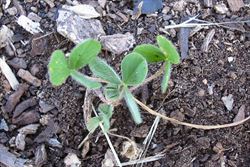
seedling (Photo: Sheldon Navie)
Scientific Name
Trifolium subterraneum L.
Synonyms
Trifolium subterraneum L. subsp. subterraneumTrifolium subterraneum L. var. subterraneum
Family
Fabaceae (Queensland, the ACT, Victoria, Tasmania, and the Northern Territory)Fabaceae: sub-family Faboideae (New South Wales)Leguminosae (South Australia)Papilionaceae (Western Australia)
Common Names
burrowing clover, sub clover, sub-clover, subterranean clover, subterranean trefoil
Origin
Native to northern Africa , the Azores, the Madeira Islands, the Canary Islands, western and southern Europe.the middle-east and western Asia.
Naturalised Distribution
Widely naturalised in southern and eastern Australia (i.e. in south-eastern Queensland, southern and eastern New South Wales, the ACT, Victoria, Tasmania, many parts of south-eastern and southern South Australia and the southern and western parts of Western Australia). Also naturalised on Lord Howe Island.
Widely naturalised overseas, including in New Zealand, the USA, Canada and Hawaii.
Notes
Subterranean clover (Trifolium subterraneum) is regarded as an environmental weed in Western Australia and Victoria.

